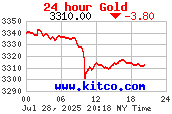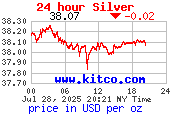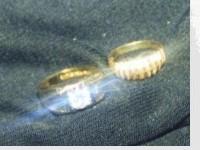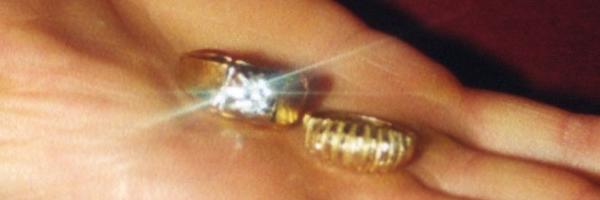

Contents
Menu


Have a Nice Day
--------------
--------------
Copyright 2005,
Dankowski Detectors.
All rights reserved.
Above All Others
By: Thomas Dankowski
1998. Unedited version, portions used by KellyCo.

Many professional treasure hunters have requested that I field test the Minelab "SD" series detectors on the beach. Conclusive results are far greater than ever expected. It is difficult for me to genuinely convey this nearly inconceivable performance of these detectors to gain the respect and appreciation they deserve. Head-to-head comparison by request is, by far the most understood universal language among detectorists. Minelab Excalibur and Fisher "CZ" series owners, this is your wake-up call.
The SD2100 and SD2200d provides a minimum of 30% greater depth and a minimum of 85% greater sensitivity to smaller objects in wet or dry sand (Atlantic ocean testing). Please understand the word 'minimum'. Deliberately under varying conditions and different days, thousands of objects on the wet beach were detected with the SD detector and their pinpoint location marked. Over 85% of the objects were completely undetectable to the Excalibur and CZ with their settings adjusted for maximum stable performance utilizing comparable size coils, no handicaps given. And the SD has greater stability over the very stable Excalibur and CZ. The SD series detectors utilize a form of pulse induction for operation. Comparing to other P.I. detectors, the SD takes an even greater lead in performance. Furthermore, the SD has an affinity for gold, nickels and iron.
Operating procedures requires the absolute minimum; turn the unit on. That is it. There is no volume or sensitivity control and the dual ground balance controls are unaffected by wet or dry sand. Bring the coil to the ground and the SD will chirp once. Commence hunting. The factory preset tone control (headphone audio sound) and tune control (for electrical interference) never required adjusting.
Equipment and accessories are readily available for the SD series detectors, however, very little is needed. The optimum beach coil is the 11 inch monoloop. The 18 inch coil has too much feedback on wet sand creating instability, however, on dry sand the performance can be measured in feet, yards, and meters. With the 18 inch coil you cannot carry a shovel unless it is nonmetallic. The performance of the SD 2100 and SD2200d is nearly identical although the SD2200d has SURFACE discrimination capabilities and tone ID, nicely added features. Only a little bit of practice is required to learn these added features. Understandably, the price differential between the SD series detectors and other units is not comparable and furthermore, it may appear to be unjustifiable for a depth gain of only 30 plus percent. Please understand this; a heavily hunted beach will appear to be undetected when operating a SD detector on the same beach. A noteworthy personal experience I had during field tests. I hunted a certain segment of wet beach for 90 minutes utilizing an Excalibur 1000. I recovered 4 items. With no room for error I retraced my exact footprints, this time using the SD unit. I recovered 37 more items (two of them gold). The quiet beach came to life in the SD's headphones. Ironically, the SD2100 and SD2200d perform poorly with air tests, only average performance in a professional test garden, and will not function indoors. On the beach, performance is above all others - genuinely untouchable. The SD is not a toy. Also, keep in mind,,,, with virtually no discrimination--many, many iron items will be recovered.

Out of my own curiosity, I also had the opportunity and the time to properly field test the SD2200d in an entirely different environment - relic hunting. Deliberately choosing severe soil conditions, I hunted an old home site in North Georgia where the ground consists of dark red clay. Almost all other detectors fail to operate with this type of soil because of its iron oxide content. The SD2200d with the 11 inch DD coil is the first metal detector that I have ever used that depth was completely unaffected by these paralyzing soil conditions. Tiny objects at extreme depths were commonplace, however, I did find a failure point of the SD2200d. All objects would ID as iron, even with the detector in Disc+ID mode. A silver dime and a brass bullet casing would 'silence' the threshold audio (surface discriminate). No adjustments seemed to help the ID circuitry. Depth capabilities (performance) in the all-metal or Disc+ID mode were identical. The 11 inch monoloop consistently provided a depth increase of 4% over the 11 inch DD coil, no matter what the soil conditions consisted of. If the all-metal mode is the preferred choice for relic hunting, the SD series detectors once again is above all others.
Thomas J. Dankowski
Drafted.... mid-year 1998
Unedited version
Portions used by KellyCo
My personal opinion on the downside of the SD:
1. The SD is not rainproof.
2. Limited iron surface discrimination is insufficient and difficult
to audibly understand.
3. The battery backpack is cumbersome.
4. The power cable interferes frequently.
5. The pie pan style coil sticks to wet sand like glue.
6. The detector stand is insufficient.
7. The 18 inch coil is extremely brittle and not waterproof.
8. Volume is insufficient on the SD2200d.
thomas@dankowskidetectors.com
Return to Top of Page
Page views since October 1, 2016
